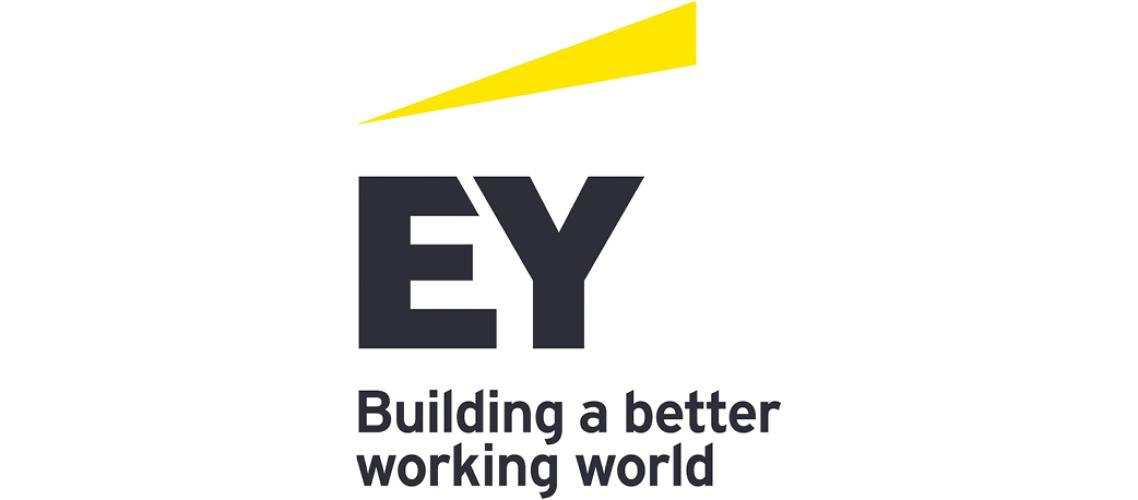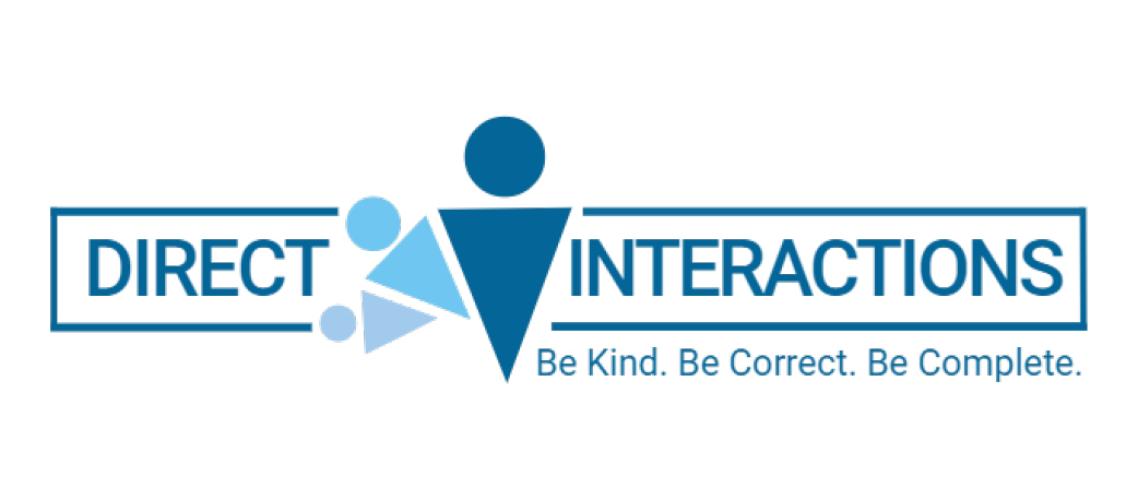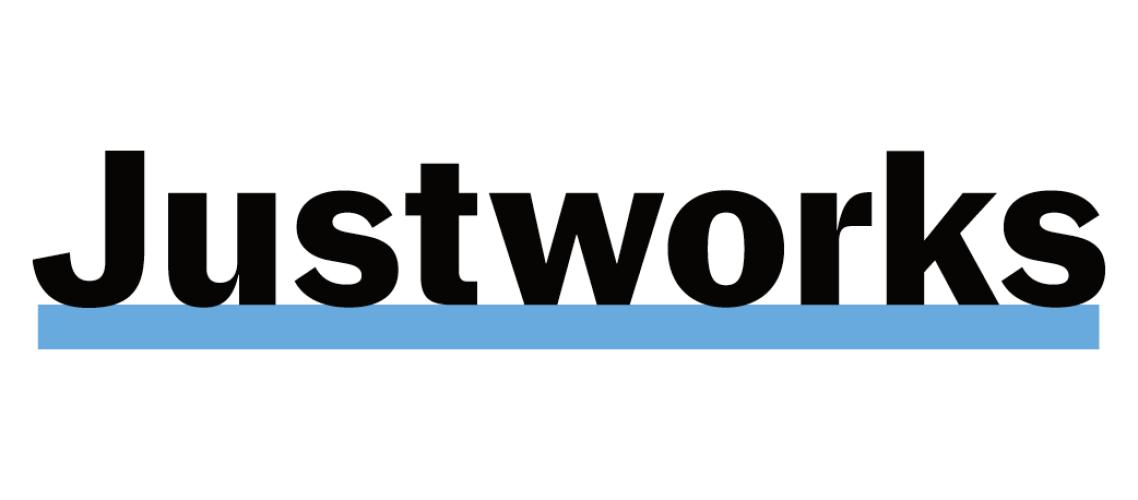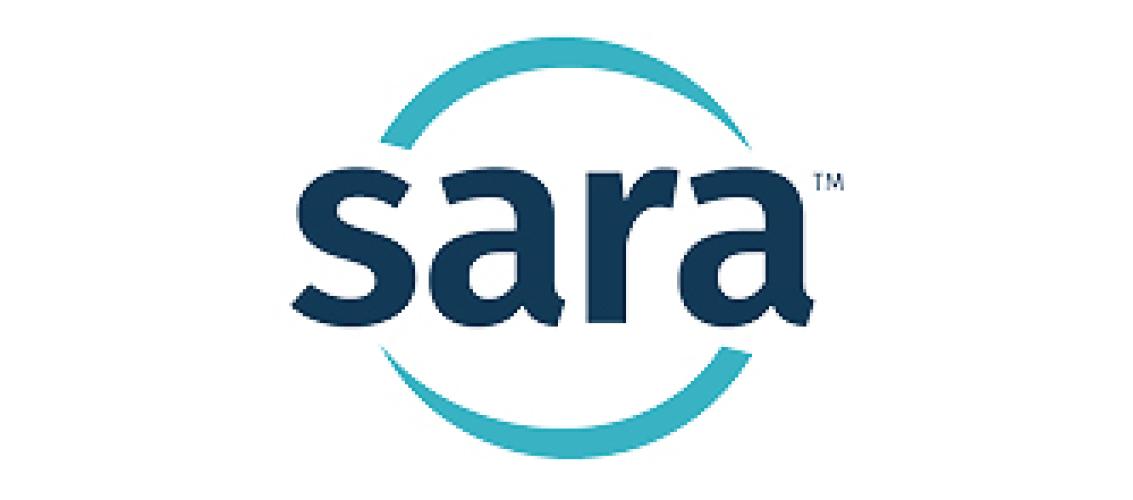Notice of Proposed Rulemaking: National Apprenticeship System Enhancements
Brent Parton, Principal Deputy Assistant Secretary for Employment and Training
U.S. Department of Labor
Employment and Training Administration
200 Constitution Avenue NW
Washington, D.C. 20210
Re: Notice of Proposed Rulemaking: National Apprenticeship System Enhancements (DOL-ETA Docket No. ETA–2023–0004 and RIN 1205–AC13)
Dear Principal Deputy Assistant Secretary Parton,
The National Association of State Workforce Agencies (NASWA) appreciates the opportunity to comment on the Employment and Training Administration’s Notice of Proposed Rulemaking (NPRM) regarding National Apprenticeship System Enhancements.
As a non-profit and non-partisan organization whose membership is comprised of workforce agencies in all fifty states, the District of Columbia, and U.S. territories, NASWA brings a unique and diverse perspective to the challenges facing our nation’s workforce. Our members are on the frontlines of policy development and service delivery for programs as varied as workforce development, unemployment insurance, labor market information, veteran reemployment, and registered apprenticeship. Notably, our organization has a Registered Apprenticeship & Work-Based Learning Group, which convenes workforce development directors and apprenticeship leaders from both State Apprenticeship Agency (SAA) and Office of Apprenticeship (OA) states. This forum provides state workforce development and apprenticeship leaders with the opportunity to: (1) share best practices and innovations; (2) stay informed on emerging policies, research, funding sources, and other opportunities; and (3) inform and respond to relevant federal policies.
Following the publication of ETA’s NPRM on National Apprenticeship System Enhancements, NASWA facilitated a series of cross-state conversations on the proposed rules through our Registered Apprenticeship and Work-Based Learning Group and other forums (often in partnership with the National Association of State and Territorial Apprenticeship Directors). Our comments on this NPRM draw upon this dialogue and reflect a few common areas of consensus raised by our members.
While NASWA appreciates the overarching goals and intent of ETA’s proposed changes to the U.S. apprenticeship system, we have significant concerns about the potential impacts these reforms would have on employers, program sponsors, state governments, individual apprentices, and other important stakeholders. As currently drafted, several provisions within the NPRM would significantly increase the costs and administrative burdens associated with establishing and operating registered apprenticeship programs. These additional costs and administrative burdens would pose a major barrier and disincentive for employers (especially small and medium-sized employers) from implementing registered apprenticeship programs. Additionally, the proposed rules would impose costly, unfunded mandates and administrative burdens on states (especially SAAs) and severely restrict the flexibility states have in overseeing registered apprenticeship programs in their jurisdictions. Taken together, NASWA is concerned that the proposed rules would have a chilling effect on the positive momentum both the nation and individual states have experienced over the years in rapidly expanding apprenticeship opportunities.
As the Administration considers future reforms to the national apprenticeship system, NASWA strongly encourages the U.S. Department of Labor to consider the following five high-level recommendations.
- Dedicated Funding for Apprenticeship: While the federal government has made significant investments in apprenticeship over the past several years, a dedicated funding stream for apprenticeship is critical for expanding apprenticeship over the long-term. We appreciate the Administration’s recent investments through the State Apprenticeship Expansion Formula (SAEF) grant program. However, long-term dedicated funding is essential for enabling states to develop the capacity, staffing, and infrastructure for sustained apprenticeship growth. We recognize that the federal rulemaking process is not the appropriate mechanism to address funding but feel it is important to underscore that the stated goals of the NPRM will not be fully realized unless sufficient funding is made available to states.
- Flexibility: While national standards play an important role in ensuring program quality and accessibility, states, employers, and sponsors require sufficient flexibility to adapt individual programs to the unique conditions of different regions, industries, and occupations. This flexibility is especially important for promoting innovation in registered apprenticeship programs, particularly in emerging industries and occupations. Accordingly, we strongly encourage ETA to advance rules that provide states, employers, and sponsors with the flexibility to design, manage, and oversee apprenticeship programs that align with the distinct needs of our nation’s dynamic and ever-changing labor market.
- Sufficient Time for Implementation: As currently drafted, the rules included in the NPRM would make substantial changes to the U.S. apprenticeship system. To the extent the Administration advances any of the proposed reforms in a final rule, we would strongly encourage ETA to provide ample time for states, employers, and sponsors to adapt to these changes.
- Clear Guidance & Technical Assistance: Given the breadth and scale of the proposed reforms to the nation’s apprenticeship system, states, employers, sponsors, and other stakeholders will need clear guidance and technical assistance to implement many of the NPRM’s provisions, should they move forward. This is especially the case for the proposals around the registered CTE apprenticeship model (§ 29.24(a)-§ 29.24(g)), the collection of data and quality metrics concerning apprenticeship (§ 29.25), the roles and responsibilities of State Apprenticeship Agencies (§ 29.26), and the planning requirements as part of the recognition of State Apprenticeship Agencies (§ 29.27).
- Supportive Technological Infrastructure: The NPRM’s proposed changes have significant implications for the collection of data and reporting around apprenticeship. Access to a modern and functioning apprenticeship database and case management system that can seamlessly integrate with other federal and state systems is imperative for achieving the NPRM’s stated goals. As such, we strongly encourage the U.S. Department of Labor to expand access to RAPIDS, including by providing OA states with access to the system, while also enabling states to use alternative systems if they so choose. More broadly, we encourage the U.S. Department of Labor: (1) to make investments to improve RAPIDS and (2) to provide states with funding to invest in their own apprenticeship technological infrastructure.
Beyond these five high-level recommendations, NASWA has included additional comments below on specific sections of the NPRM for your consideration. Ultimately, we hope these comments can positively inform ETA’s apprenticeship rulemaking with the shared goals of: (1) advancing a more successful apprenticeship system, (2) providing employers with impactful workforce development solutions, and (3) connecting more individuals with meaningful employment and career advancement opportunities in our nation’s labor market.
Thank you for your thoughtful consideration of our comments and know that we welcome the opportunity to engage on this important issue further.
Sincerely,
Scott B. Sanders
NASWA President & CEO
§ 29.6 – Transition Provisions
As mentioned above, many of the provisions put forward by the NPRM would result in a major overhaul of the nation’s apprenticeship system. To the extent the Administration moves forward with any of these proposed reforms, NASWA would strongly encourage ETA to provide ample time for states, employers, and sponsors to come into compliance. Additionally, NASWA would recommend that ETA “grandfather” all current apprentices so that they do not face major changes or interruptions to their existing educational, training, and career pathways.
§ 29.7 – Occupations Suitable for Registered Apprenticeship
In § 29.7 (Occupations Suitable for Registered Apprenticeship), ETA proposes to establish a new process by which the Office of Apprenticeship would determine the suitability of certain occupations for registered apprenticeship and set minimum standards for these programs. In discussions with our members, states expressed major concerns over both the proposed process and the inflexibility of the proposed minimum standards embedded in this process.
As currently drafted, the proposed process has the potential to significantly delay the development and approval of new apprenticeship programs, especially in new and emerging industries and occupations. This has the potential to make states—and the apprenticeship system, more broadly—less responsive to the ever-changing needs of industries and employers. This also has the potential to stifle innovation in the development of new apprenticeship programs and disincentivize employers from engaging with the apprenticeship system.
Accordingly, we strongly encourage ETA to not move forward with the proposed process for determining the suitability of certain occupations for registered apprenticeship and, instead, provide states, employers, and sponsors with the flexibility to design and approve apprenticeship programs as they see fit.
§ 29.8 – Standards of Apprenticeship
In § 29.8 (Standards of Apprenticeship), ETA proposes to create several new minimum requirements for registered apprenticeship programs. NASWA acknowledges the importance of establishing “robust standards” for apprenticeship programs across regions, industries, and occupations. However, we have significant concerns that certain proposed provisions would require changes to many existing programs and, going forward, unnecessarily restrict and disincentivize the establishment of new programs—especially in emerging industries and occupations.
States expressed particular concerns about the following three issues: (1) the establishment of a minimum 2,000 hour on-the-job training requirement (§ 29.8(a)(4)(i)); (2) the establishment of a minimum 144 hour related instruction requirement for every 2,000 hours of on-the-job training (§ 29.8(a)(4)(ii)); and (3) the establishment of a minimum annual wage step at least 75 percent of the usual journeyworker wage paid by the employer for that occupation (§ 29.8(a)(17)).
While many programs have standards that already meet or exceed these requirements, there are concerns that the proposed minimum standards would limit flexibility and impose additional costs on existing and future programs, thereby disincentivizing the use of apprenticeship as a workforce development tool. Some states may even require legislative changes to accommodate these new requirements.
Accordingly, we strongly encourage ETA to remove these proposed minimum requirements and, instead, provide states, employers, and sponsors with the flexibility to design apprenticeship programs that align with the distinct needs of their regions, industries, and occupations.
§ 29.10(a)(5) – Program Registration (New “Financial Capacity” Requirement)
In § 29.10(a)(5), ETA proposes that a prospective program sponsor “submit information showing that it possesses and can maintain the financial capacity and other resources necessary to operate the proposed program on a sustained basis.” While NASWA appreciates the intent of ensuring that potential sponsors can maintain apprenticeship programs over a sustained period of time, we have significant concerns about how such a requirement would functionally work.
Requiring sponsors to submit information on their financial capacity could serve as a major disincentive for starting and maintaining apprenticeship programs. Employers of all sizes may have privacy concerns about sharing certain financial information, and the proposed requirement may dissuade small and medium-sized employers in a broad range of industries from engaging in the apprenticeship system.
Additionally, the proposed requirement would impose a major and complex administrative burden on SAAs and place state agencies in the uncomfortable position of evaluating the financial conditions of program sponsors.
As such, NASWA strongly recommends that ETA eliminate the proposed requirement for program sponsors to submit information on their financial capacity.
§ 29.16 – End-Point Assessment and Certificate of Program Completion
In § 29.16 (End-Point Assessment and Certificate of Program Completion), ETA would require all registered apprenticeship programs “to administer an end-point assessment at the conclusion of the apprenticeship term to establish the apprentice's successful attainment of all of the knowledge, skills, and competencies associated with the occupation.” Throughout NASWA’s discussions with our members, states expressed major concerns about the additional costs and administrative burdens such a requirement would impose upon employers and sponsors.
While some programs already have end-point assessments in place, many programs do not. An across-the-board requirement for end-point assessments may disincentivize many sponsors and employers, especially small and medium-sized employers, from starting or maintaining apprenticeship programs. Additionally, overseeing and enforcing the requirement for an end-point assessment would impose a significant and challenging administrative burden on SAAs.
Accordingly, NASWA strongly encourages ETA to eliminate the requirement for end-point assessments and, instead, provide states, employers, and sponsors with the flexibility to utilize assessments as they see fit.
§ 29.24 – Registration of Career and Technical Education Apprenticeship Programs
In § 29.24 (Registration of Career and Technical Education Apprenticeship Programs), ETA proposes to create a new registered CTE Apprenticeship program model. Through NASWA’s discussions with our members, states had varying positions on the proposed model. However, there were a few common recommendations that we would strongly encourage ETA to consider in the further refinement of the proposed CTE Apprenticeship model. First, CTE Apprenticeships should be an optional model and not restrict or limit states’ ability or flexibility to utilize other models such as pre-apprenticeship or youth apprenticeship. Second, ETA should provide states with greater flexibility in implementing the proposed CTE Apprenticeship model in their jurisdictions (including around: (1) the required minimum of 900 hours of on-the-job training; (2) the required minimum of 540 hours of related instruction; and (3) the required minimum of 12 postsecondary credit hours). Third, ETA should explore opportunities to simplify and limit the regulatory burden of the proposed CTE Apprenticeship model to promote actual adoption at the state and local levels—especially around data collection and reporting. Finally, given the required coordination between state workforce and education systems, NASWA strongly encourages the U.S. Department of Education and the U.S. Department of Labor to coordinate on providing joint guidance on the standards and requirements for establishing and administering CTE Apprenticeship programs.
§ 29.25 – Collection of Data and Quality Metrics Concerning Apprenticeship
In § 29.25 (Collection of Data and Quality Metrics Concerning Apprenticeship), ETA proposes several new data collection and reporting requirements for individual apprenticeship programs. In discussions with our members, several states expressed concerns about the additional administrative burdens the proposed reforms would impose on program sponsors and employers, thereby deterring many organizations from utilizing registered apprenticeship as a workforce development tool. Accordingly, NASWA strongly encourages ETA not to require any of the proposed additional reporting requirements.
As mentioned above, NASWA also strongly recommends ETA to: (1) expand access to RAPIDS—especially to OA states—while also enabling states to use alternative systems if they so choose; (2) make investments to improve RAPIDS; and (3) provide states with funding to invest in their own apprenticeship technological infrastructure.
§ 29.26 – Roles and Responsibilities of State Apprenticeship Agencies
In § 29.26 (Roles and Responsibilities of State Apprenticeship Agencies), ETA proposes to restrict the authority of State Apprenticeship Councils to merely an advisory role. While NASWA appreciates the intent of streamlining the review and approval of registered apprenticeship programs, State Apprenticeship Councils can: (1) play an important role in increasing the engagement of employers, sponsors, and other stakeholders in the apprenticeship system and (2) provide additional perspective and expertise in the evaluation of specific apprenticeship programs. Many states may want to restrict their State Apprenticeship Councils to a basic advisory role; however, other states may wish to provide their State Apprenticeship Councils with additional powers and duties for a variety of reasons. As such, we encourage ETA to provide states with the flexibility to determine what powers and duties their State Apprenticeship Councils possess.
§ 29.27 – Recognition of State Apprenticeship Agencies
In § 29.27 (Recognition of State Apprenticeship Agencies), ETA proposes to introduce a new state apprenticeship planning requirement for the initial and ongoing recognition of SAAs. While NASWA appreciates the intent of this section, we strongly encourage ETA to remove any apprenticeship strategic planning requirements as part of the process for recognizing SAAs. Several states mentioned that the proposed planning requirements would pose an additional and unnecessary administrative burden, particularly given the existence of a separate and well-established WIOA state planning process.
To the extent ETA moves forward with a new state apprenticeship planning requirement, NASWA highly recommends that the planning requirement: (1) is simple, streamlined, and not overly-burdensome; (2) aligns with the timing of the four-year planning cycles for other workforce programs (e.g., WIOA and Perkins); and (3) provides states with the option to submit their WIOA state plans as alternative apprenticeship plans. Additionally, NASWA encourages ETA to eliminate the Operational Planning Elements section from the required plan.

































